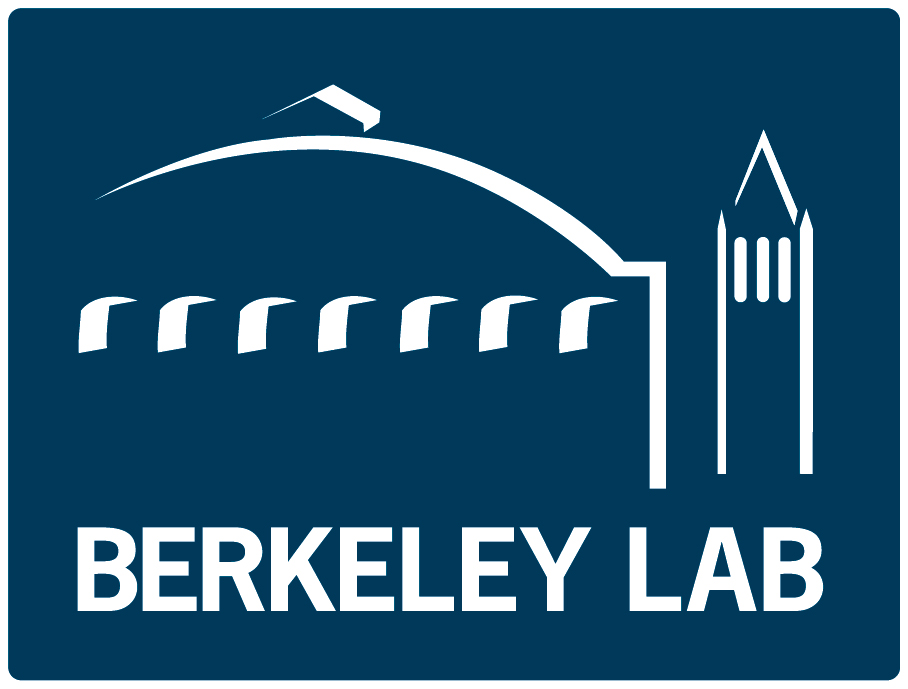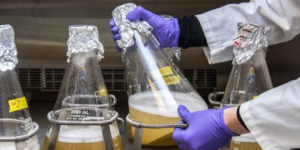APPLICATIONS OF TECHNOLOGY:
- Production of bio-based fuels, polymers, and specialty chemicals
ADVANTAGES:
- Improved product titer, rate, and yields in comparison to biosynthesis using E. coli hosts
- Reduces CO2 production during aerobic/anaerobic bioprocesses
- Minimal metabolic engineering in comparison to E. coli hosts
- Ability to metabolize complex lignin monomers (p-coumarate, vanillate, benzoate, ferulate)
TECHNOLOGY OVERVIEW:
Researchers at Berkeley Lab and the Joint BioEnergy Institute have expressed a heterologous non-oxidative route for glucose metabolism in Pseudomonas putida that maximizes glucose conversion to bioproduct. In contrast to the E. coli strain expressing the xpk shunt, P. putida grows comparably to its wild-type strain. The engineered P. putida expresses a phosphoketolase (xpk) shunt that converts 1 mol glucose to 3 mol acetyl-CoA, without loss of glucose C to CO2.
The Entner–Doudoroff (ED) pathway is an essential metabolic route for glucose catabolism in platform microbial hosts. However, for every 1 mol of glucose that is metabolized, 2 mol of CO2 are released as waste.
While complete glucose conversion has been established via a phosphoketolase (xpk) shunt found in Bifidobacterium adolescentis, expression in E. coli requires extensive engineering. Further, the engineered E. coli grows poorly, which limits its application to industrial-scale bioprocesses. This non-oxidative route for glucose metabolism in Pseudomonas putida improves titer, rate, and yield (TRY) during bioprocesses.
DEVELOPMENT STAGE:
Proof of concept
PRINCIPAL INVESTIGATORS:
- Deepika Awasthi
- Steven W. Singer
STATUS:
Patent Pending
OPPORTUNITIES: Available for licensing or collaborative research.
SEE THESE OTHER BERKELEY LAB TECHNOLOGIES IN THIS FIELD:
Evolved Pseudomonas putida KT2440 with Enhanced Xylose and Galactose Utilization 2021-054
A CRISPR-Based and Metabolic Modeling Guided Strategy to Maximizing Indigoidine Production 2019-145

